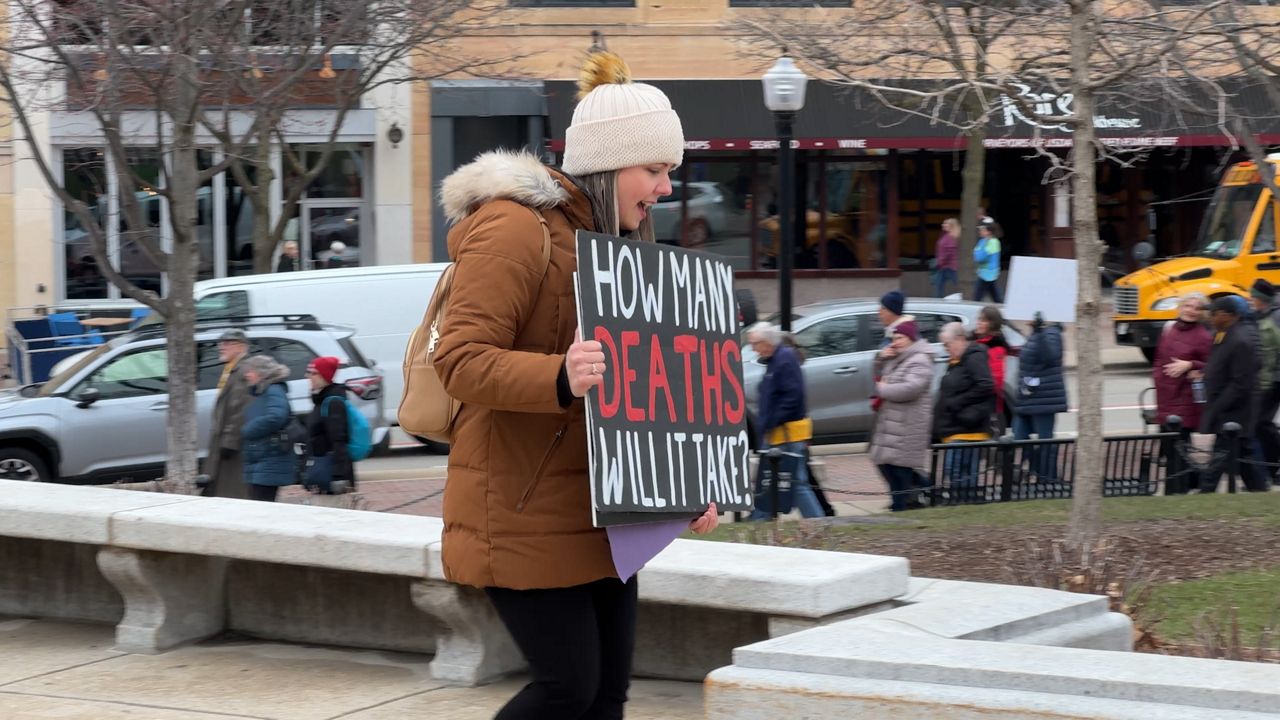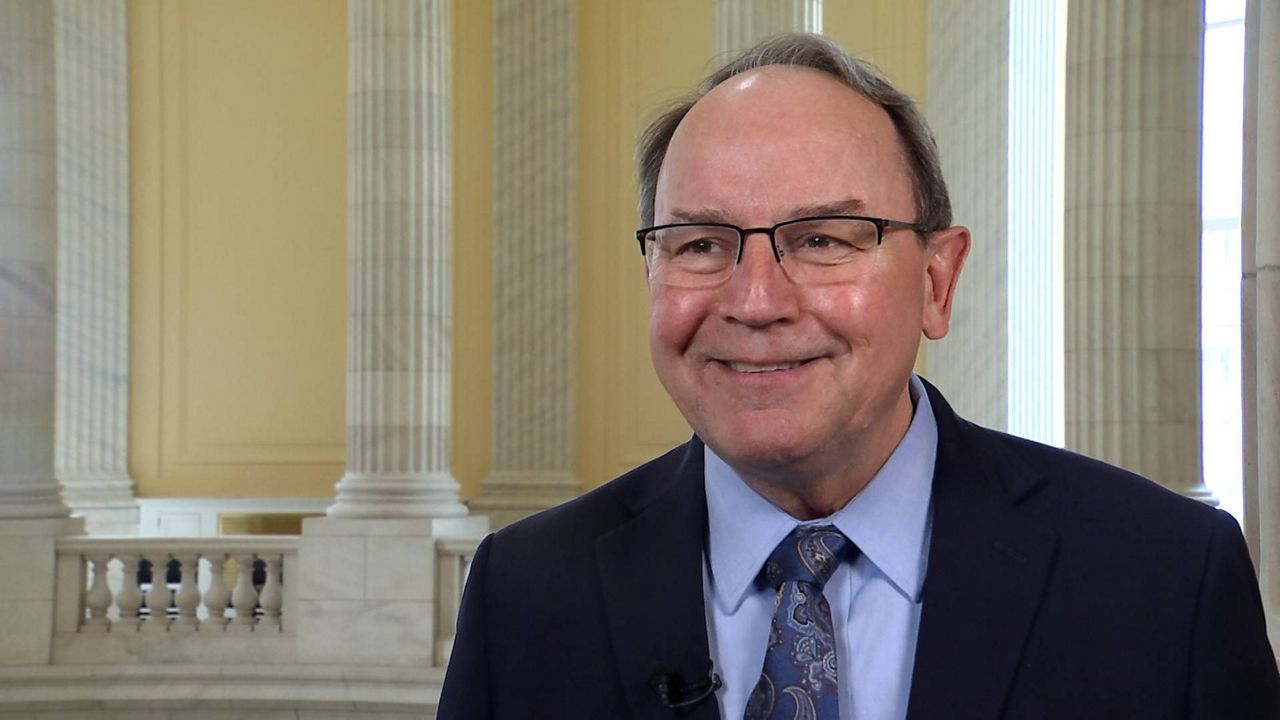MADISON, Wis. — The legacy of Earth Day lives on at the Nelson Institute at UW-Madison, named for the Wisconsin environmentalist known around the world.
Earth Day was started by Gaylord Nelson in 1970. Nelson was then a U.S. Senator for Wisconsin, and had been Governor of Wisconsin before that. Throughout his career, he was a staunch advocate for the environment.
Today, the Nelson Institute for Environmental Studies carries on his legacy at UW-Madison.
“I drive around the state of Wisconsin, I get to meet and talk to people,” said Paul Robbins. “Whether that's a dairy farmer, or an environmental activist in Milwaukee. It’s just fun.”
When asked what he loves about his job, Robbins, who is the Dean of the Nelson Institute, knew the answer right away.
“I love the people,” he said with a big smile. “I obviously love the planet, or I wouldn't be an environmental scholar. But that was an easy answer.” “I love the people,” he said with a big smile. “I obviously love the planet, or I wouldn't be an environmental scholar. But that was an easy answer.”
The Institute has a broad range of work these days. One of the biggest projects is the Wisconsin Initiative on Climate Change Impacts, which studies and helps communities prepare for climate change.
“We go out into communities and we listen to what they're trying to do, whether that's deal with wastewater, or whether it's build a park or whether it's playing for the elderly. I mean, things that keep them up at night, if you're a city planner or a county executive,” Robbins said. “Then we go back, and we put together climate forecasts … and we bring those back to the community so they can make decisions. So I call it decision-ready science.”
One example is the set of heat maps they created for the state of Wisconsin. They help predict long-term rising temperatures, and highlight who could be most vulnerable.
Another part of WICCI includes extensive studies on the future of Wisconsin’s fish.
“One thing that really excites people in Wisconsin is trout, as it turns out,” Robbins said. “We worked on trout stream warming forecasts in the north, middle and southern parts of the state.”
He said 75 years from now, southern Wisconsin’s trout population might be gone.
Meanwhile, the population in the northwoods may be safe.
Both officials and everyday Wisconsinites can use this information.
“Then the DNR can go in and meander streams, and landowners can make responsible land management choices,” he said.
They also work on overall water quality. That’s an especially high priority in America’s Dairyland, where dairy farming can end up being detrimental to the water supply.
“I'll tell you what, I had no idea when I took this job how many dairy farms I would visit. I love dairy farmers,” Robbins laughed. “A lot of phosphorus comes out of the tail end of [dairy farming] systems. And phosphorus is one of our biggest problems.”
Their goal is to try to keep phosphorus out of the water supply, by reusing it as much as possible.
“Phosphorus is something we can control on the front end. We put it into the corn gets eaten by the critters, the critters poop. And if you can keep all that stuff where it is, and put it back on the land, then you save farmers money and you improve the economy. But more than that, it doesn't go into the lakes," Robbins said.
Robbins calls phosphorus in Wisconsin an “obsessive problem,” that will need multi-prong solutions.
“Once phosphorus is in the lakes, you get all kinds of ecosystem effects that you don't want that aren't good for people. They're not safe, like blue-green algae blooms. They're not good for the ecosystem. They're not good for the fish that we want to catch and eat.”
The Nelson Institute has teams of students and researchers in Brazil, working on preserving the Amazon rainforest.
“The Gibbs lab works on land use. Do you cut down forests for soybeans, for example, in the Amazon or not? And how you monitor that? Which means lots of satellite remote sensing, and then why farmers make the decisions they do,” Robbins said.
“That's a lot of on the ground work with farmers, and people's land rights and human rights. So it's a really big team that's interested in the human part, the tree part, and then the like, Earth monitoring part. But the real signature to it, and the part that’s really interesting, is it’s connected to the School of Business here at UW. All those decisions are determined by the consumer consuming stuff.”
The goal is to do whatever they can to help others keep our earth, and all its living things, healthy.
“The first Earth Day was a teach-in. That's what Gaylord Nelson intended, that everybody come together and talk about what they're doing,” he said.
“That's what we believe Earth Day should celebrate, everybody's efforts to do the right thing.”
To join the Nelson Institute's Earth Day celebrations, click here.










